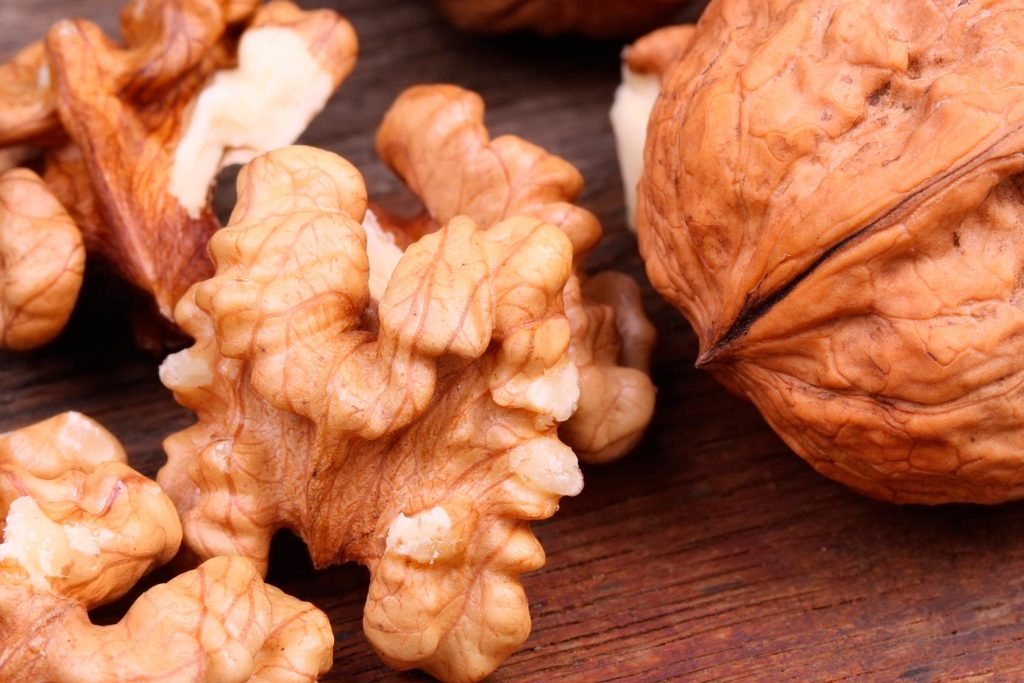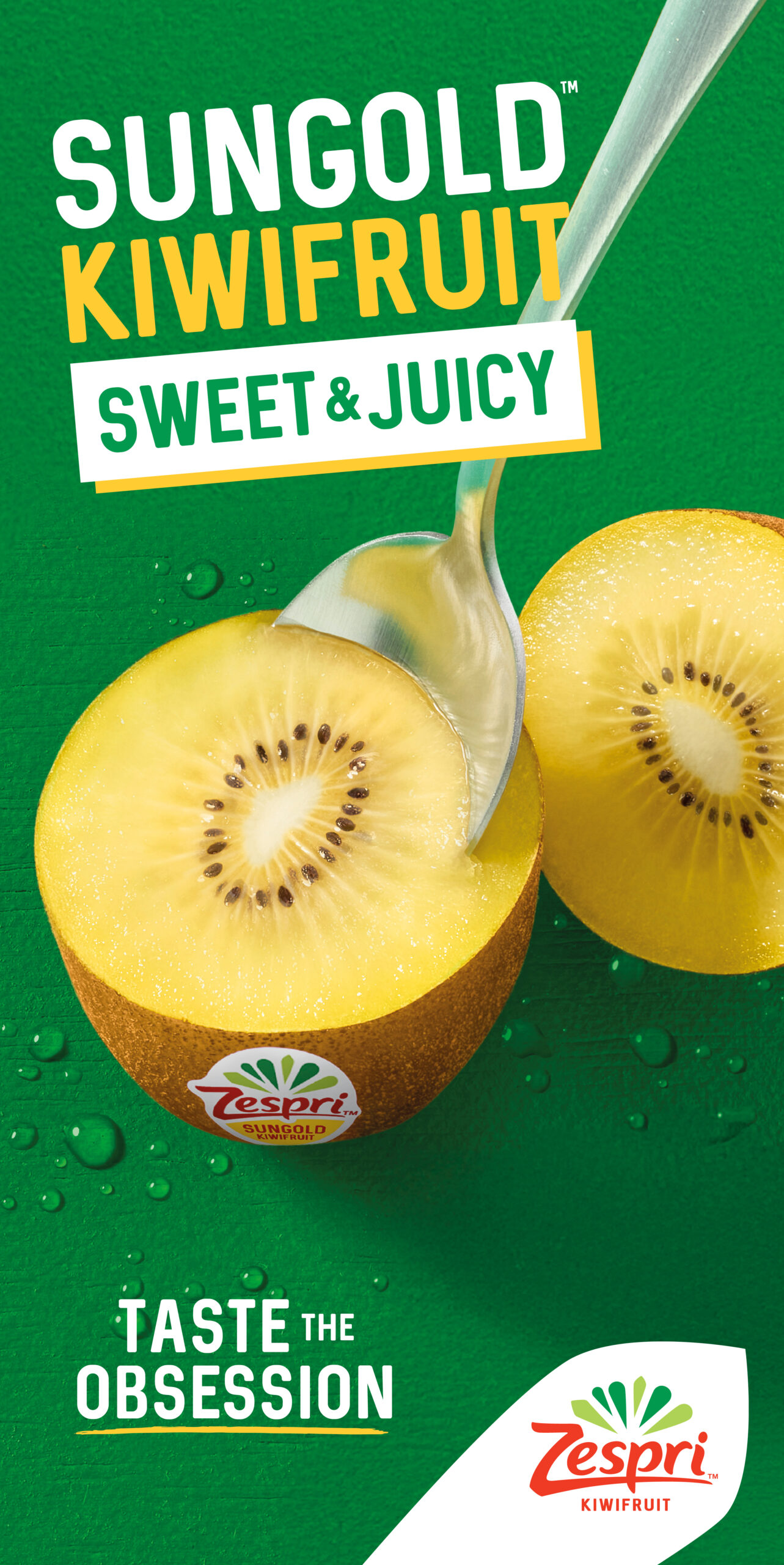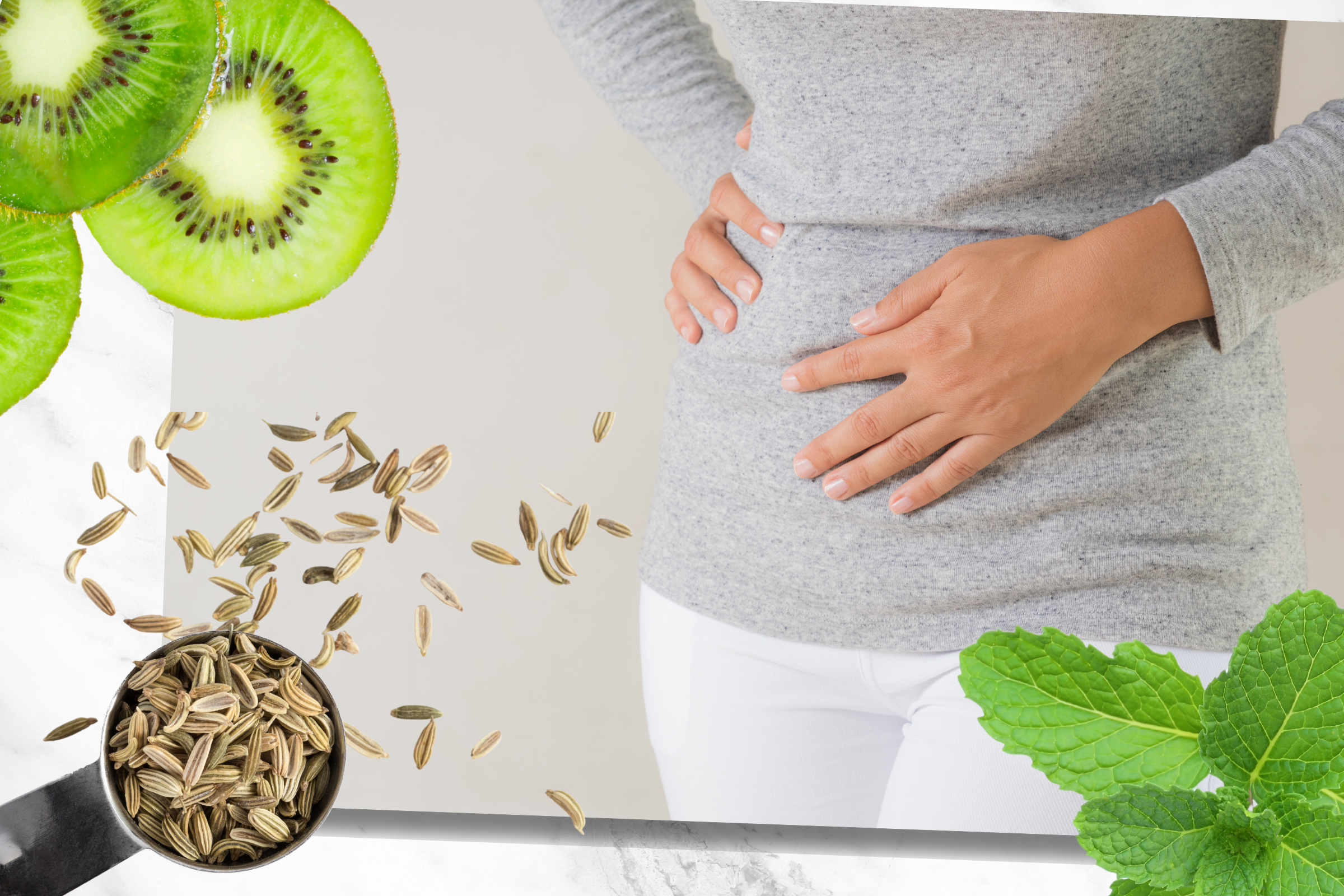What are prebiotics?

Do you know your prebiotics from your probiotics? Prebiotics are essential for gut health as they feed our precious good gut bugs. We reveal everything you need to know about prebiotics as well as how to squeeze them into your diet.
What are prebiotics?
Almost eight metres in length, the gut is home to approximately 40 trillion bacteria. Collectively, they’re known as the gut microbiome. We don’t spend that much time thinking about our gut bugs, but behind the scenes they’re working hard to protect our health. They defend against infection, and produce the B vitamins needed to turn food into energy.
Research is increasingly showing that a healthy and diverse microbiome can also improve mental health, help keep the weight off and protect the brain and heart.
With our microbiome doing so much for us, adding prebiotics to our diet is just one of the ways we can return the favour. In simple terms, prebiotics are fibres that feed this resident bacteria, encouraging them to multiply.
Prebiotic fibres can’t be digested by the body and make the journey through stomach acid and digestive enzymes, reaching the colon and good gut bugs intact. Here, they’re fermented by the bacteria for fuel, producing many useful, health-giving byproducts in the process.
Prebiotics should not be confused with probiotics. Probiotics are found in fermented foods such as kefir, sauerkraut and kimchi and contain live bacteria and yeasts that can help to repopulate our microbiome. Prebiotics aren’t live but they can help to nurture our existing bacterial community and make them more resilient to bouts of stress and antibiotic use that can destabilise the microbiome.
Both prebiotics and probiotics are important because they play different roles in the gut. As live probiotics pass through the digestive system (in kefir, for example) they interact with our cells, triggering health-boosting effects. They don’t necessarily increase our numbers of good bacteria on a long-term basis but are very helpful temporary residents. Prebiotics, on the other hand, do encourage the growth of good gut bugs by providing them with fuel.
What foods contain prebiotics?
Prebiotic fibres occur naturally in fruits, vegetables, pulses and milk, but can also be taken as a supplement. While the vast majority of prebiotics are fibres, not all fibre is prebiotic. Some fibres cannot be broken down, even by gut microbes, but still offer health benefits such as alleviating constipation, keeping blood sugar in check and improving the absorption of minerals such as calcium.
In order to gain prebiotic status a fibre must show signs of being selectively used by bacteria for a specific health benefit. Human Milk Oligosaccharides (HMOs) are prebiotics found in human breast milk and selectively feed and develop certain strains of Bifidobacteria within a babies digestive tract, for example. Other prebiotics include inulin, resistant starch, xylooligosaccharides (XOS), galactooligosaccharide (GOS) and fructooligosaccharides (FOS).
Prebiotics are a relatively recent discovery and there is currently no specific daily recommended intake. The majority of us miss our recommended dietary fibre intake so it’s safe to assume we could all make an effort to eat a little more.
Here are some of our favourite sources:
Chicory root
Though we’re more accustomed to eating chicory leaves, it’s the plant’s root that is rich in prebiotics. Approximately 13-20% of the fibre it contains is a prebiotic fibre called inulin.
Try it: Chicory root can be baked and used as a prebiotic, caffeine-free substitute for coffee. We recommend this organic blend from Whole Earth Organic.
Jerusalem artichoke
High in inulin, FOS and resistant starch, the jerusalem artichoke has consistently outperformed its prebiotic peers in both human and animal studies.
One small human study, tested the prebiotic benefits of fruit and vegetable juice shots fortified with inulin from Jerusalem artichokes. The group drinking the prebiotic juices saw a significantly greater increase in probiotic bacteria than those who drank plain juice.
Try it: whip up our delicious Jerusalem artichoke, parsnip and apple soup.
Garlic
About 11% of garlic’s fibre is inulin, while 6% is a sweet prebiotic called fructooligosaccharides (FOS). Eating garlic regularly may help to increase numbers of beneficial Bifidobacteria in the gut.
Try it: This garlic-infused pea soup is bursting with prebiotic fibre from both garlic and garden peas.
Onions
Like garlic, the fibre in onions is 10% inulin and 6% FOS. They’re a cheap, accessible and versatile source of prebiotics.
Try it: These quick and easy pickled red onions are a colourful and deliciously tangy addition to any meal.
Banana
Another reason to hit our five-a-day, bananas are rich in prebiotic fibre. While ripe bananas contain inulin, unripe bananas contain resistant starch. In one small study, women ate two medium bananas a day for 60 days and saw a modest increase in Bifidobacteria.
Try it: Our low-sugar, nutty banana loaf is a great way to use up overripe bananas.
Cocoa
Happily, cocoa is prebiotic and can help to promote a healthy gut biome. Not all chocolate is created equal, however. Look for dark chocolate with a cocoa percentage of at least 70%.
Try it: Our dark chocolate and cardamom mousse is gut-friendly and deliciously fragrant.
Whole-grains
Though wheat is the most common source of prebiotics in the Western diet, different types of grain contain different types of prebiotic fibre. Barley and oats are high in a prebiotic called beta-glucan, for example.
In one small study, those eating 48g of wholegrains for breakfast every day saw a significant increases in Bifidobacteria and LactobacilliI.
Try it: Our oat and berry breakfast bars are packed with both probiotics and prebiotics as well as omega-3 fats.
Walnuts
Most nuts and seeds contain prebiotic fibres but walnuts are among the richest sources. One study showed that amongst 135 healthy participants, daily walnut consumption positively altered the microbiome (increasing the abundance of Ruminococcaceae and Bifidobacteria and significantly decreasing levels of unhealthy Clostridium sp. bacteria.)
Try it: Enjoy a handful of walnuts for a healthy and filling snack or, for something a little fancier, whip up this roasted squash, walnut and stilton tart.
Are prebiotics right for everyone?
Those with IBS or other digestive ailments can be sensitive to certain prebiotic fibres. This is because these foods are also high in FODMAPS that can cause diarrhoea, pain, bloating and gas. For more guidance, tune in to Liz’s podcast with IBS expert Laura Tilt.




